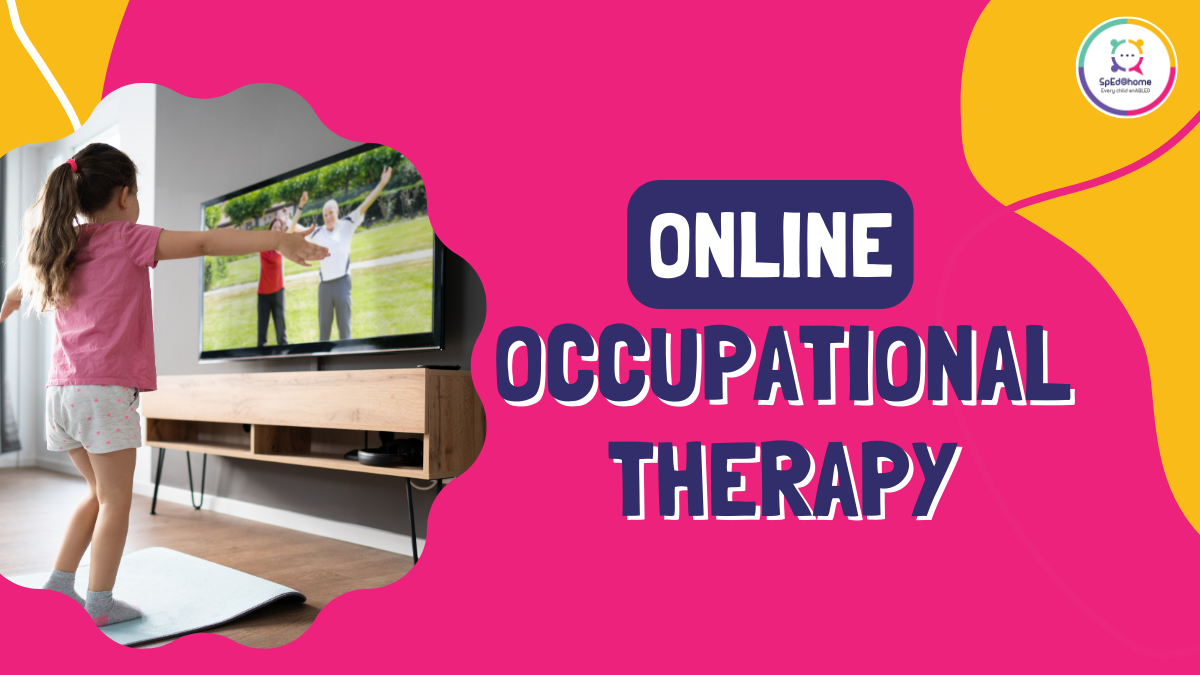Online occupational therapy, also known as teletherapy or virtual therapy, has emerged as a valuable and effective approach to providing therapy services in the digital age. With advancements in technology and increased accessibility to the internet, occupational therapists are now able to connect with their individuals remotely and deliver quality care through online platforms. This innovative method of therapy has revolutionized the field of occupational therapy, opening up new possibilities and reaching individuals who may have otherwise faced barriers to receiving treatment.
Online occupational therapy encompasses a range of interventions and assessments that are tailored to meet the unique needs of each individual. The process typically begins with an initial evaluation, where the therapist and individual establish rapport and discuss the individual’s goals, challenges, and desired outcomes. This evaluation may involve the use of video conferencing, questionnaires, and other digital tools to gather relevant information about the individual’s condition and functional abilities.
Once the evaluation is complete, the therapist and individual collaborate to develop an individualized treatment plan. This plan may include various therapeutic activities, exercises, adaptive strategies, and assistive technologies aimed at enhancing the individual’s independence, function, and overall well-being. The therapist guides the individual through these interventions using video conferencing platforms, providing real-time instruction, feedback, and support.
One of the significant advantages of online occupational therapy is its flexibility and convenience. individuals can receive therapy sessions from the comfort of their own homes, eliminating the need for travel and reducing associated costs and time constraints. This is particularly beneficial for individuals with mobility issues, transportation limitations, or those living in remote areas. Moreover, online therapy allows for increased scheduling options, accommodating busy lifestyles and enabling therapy to fit into the individual’s routine more seamlessly.
During the therapy sessions, the therapist utilizes various digital tools to facilitate engagement and interaction. These may include virtual whiteboards, educational videos, interactive games, and electronic documents for sharing resources and assignments. Additionally, therapists can utilize screen sharing capabilities to demonstrate specific techniques or guide individuals through exercises in real-time. The therapist and individual can communicate through video, audio, and text chat, fostering effective communication and ensuring that the therapy goals are met.
Despite the physical distance, the therapeutic relationship between the occupational therapist and the individual remains central to the success of online therapy. Therapists employ empathy, active listening, and effective communication skills to establish a strong connection with their individuals. They adapt their approach to suit the virtual environment, ensuring that the individual feels supported, heard, and understood.
Privacy and confidentiality are paramount in online occupational therapy. Therapists adhere to strict privacy policies and use secure and encrypted platforms to protect individual information. They also obtain informed consent from individuals and their caregivers regarding the use of technology and the limitations associated with online therapy.
As with traditional in-person therapy, online occupational therapy sessions are typically followed by periodic evaluations to assess progress, modify treatment plans, and set new goals. This continuous feedback loop ensures that therapy remains dynamic and responsive to the individual’s evolving needs.
In conclusion, online occupational therapy has transformed the delivery of therapy services by leveraging technology and digital platforms. It provides flexibility, convenience, and access to therapy for individuals who may face geographical, logistical, or physical barriers. Through video conferencing, digital tools, and effective communication, occupational therapists are able to connect with individuals, deliver interventions, and achieve meaningful outcomes. As technology continues to advance, online occupational therapy is likely to play an increasingly important role in promoting independence, function, and well-being for individuals around the world.














